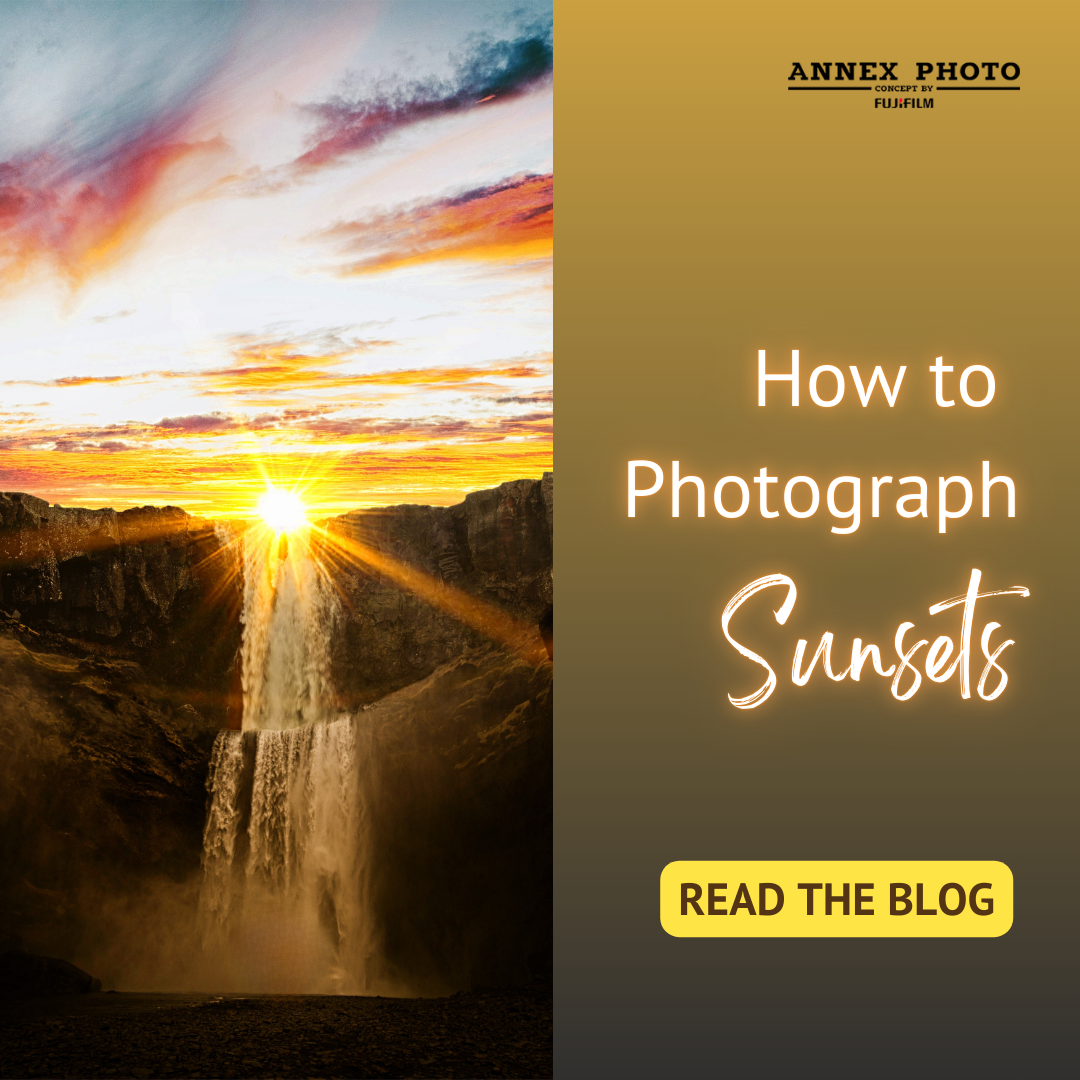All Blog Tags
5 Common Film Photography Mistakes and How to Fix Them
Film photography is a wonderfully unique process that produces images with unparalleled character and colour. However, it can also be incredibly unforgiving when first starting out. Most first-time film users will experience various setbacks that, though discouraging, will ultimately lead to loving the process even more.
If you’ve ever dropped off film at a lab for development and received a blank roll back or found yourself wondering why your images have unexpected burns or flares on them or your developed photos just didn’t turn out the way you expected, this article is for you.
Though there is a certain amount of trial and error that comes with this exciting process, rest assured everyone who has used film before has run into these same issues and made the same mistakes. Hopefully, the following tips can help you diagnose your own setbacks if you have already encountered one of these issues. Or, better yet, give you some suggestions in advance before you toss your first roll of film into your camera.
1. Film Photography - Exposure Errors
One of the most common reasons why film photos don’t turn out is due to incorrect exposure. If the film is overexposed, the photos will appear too bright or washed out, while underexposure will result in dark or muddy images. It’s important to understand the relationship between aperture, shutter speed, and ISO if you are using a fully manual camera.
When using film, it is recommended to expose your photos for the shadows, meaning point your camera towards the shadowy portions of the scene you are photographing, and adjust your settings according to your light meter reading in that area. If you are using an automatic camera, this process is much simpler, just point and shoot at your given scene. If you do not have a light meter, you can use the Sunny 16 rule, by setting your aperture to f/16 and your shutter speed to the same value as your ISO. For example, if you have ISO 400 film in your camera, your shutter speed would be set to 1/400 of a second. Typically, film is much more forgiving in the highlights (the bright portions of your scene) and less forgiving in the shadows, so it is always better to err on the side of safety by exposing for the darker areas to avoid overexposure.
2. Film Photography – Fixating (and Fixing) Focus
If your photos appear blurry or out of focus, this may be due to incorrect focusing. Older film cameras tend to use manual focus, meaning that you need to set the focus by turning the focus ring on the lens itself before taking the photo. Even automatic focusing cameras can suffer from missing focus as well due to older technologies and years of use. These cameras will often give you a green or red light to confirm the focus is locked. Try your best to lock focus before taking your shot, whether manual or automatic. Be aware that sometimes, even after thinking you’ve locked focus, you may not have. This is one of the many frustrating but inevitable factors of shooting photos on film.
3. Film Photography – Correct Your Film Selection
Different types of film have different properties, such as sensitivity to light, contrast, and color saturation. In film photography, the ISO is a fixed value depending on the film you’re using and will be printed on the side of the canister.
If you are shooting photos during the day, lower ISO values are recommended, because they have less grain, and require substantial light to create an image. Common daylight film ISOs are 200-400, while higher numbers like 800-3200 are great for lower light conditions but have more grain.
Disposable cameras often suffer lost frames or blank rolls because the film inside is a lower ISO, and if the flash is not used in darker conditions, then the image will almost always be underexposed. Be sure to match the film's ISO with the conditions you are planning on shooting in as best as possible to minimize the chances of losing any of your photos inadvertently.
4. Film Photography - Camera Issues
If your camera is not functioning properly, it can result in issues with the final outcome of your photos. These camera issues can range from shutter issues to film advance issues to battery failure, or simply the human error of not loading the film correctly. It is important to test your camera with a cheaper roll of film before shooting photos of important subjects to ensure you aren’t disappointed with the results. It is difficult to prevent all of the possible issues that could be affecting a film camera due to their age and the range of camera models, but there are still camera repair shops that can work on these cameras if they are in need of fixing.
5. Film Photography – Consider Shooting Conditions
Shooting in poor light conditions, harsh sunlight, or extreme weather can also cause issues with your photos. As mentioned above, poor lighting conditions can lead to issues in development, but the same can be said for the temperature and conditions in which the film was used. Whether shooting on the beach or in snowy areas, it's important to keep your film dry and clean. You can hold on to the plastic container the film is packaged in and put the canister back into it when you are finished shooting it to ensure no environmental factors can ruin it.
If the film is greasy, wet, or the sprocket holes along the edges are broken or damaged, chances are a lab will have difficulty developing and scanning it or won't be able to do it at all for risk of damaging their equipment. To avoid this possibility, keep your film separate from your other camera equipment and poor weather and environmental conditions.
Follow These 5 Film Photography Tips to Minimize Photo Faux-Pas
Film photography can be a challenge. You are likely to run into a few roadblocks on your journey to mastery, so it's important to troubleshoot and identify issues early so you can avoid them in the future. Don’t be afraid to ask questions at development labs or camera stores who have film photography experts to help you. Use your first few rolls as learning exercises. Consider experimenting with different film types and shooting conditions and develop techniques to improve your understanding of the film process. All of this will result in best photographs and more consistent results. Happy shooting!
If you have any questions about why your film photos aren’t turning out the way you’d like them to,
reach out to our in-house film photography experts.
Share
Most Recent Posts








